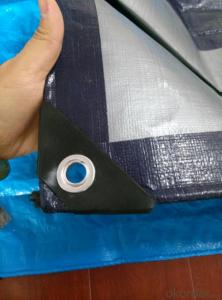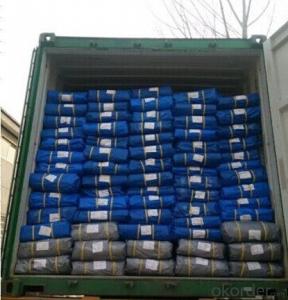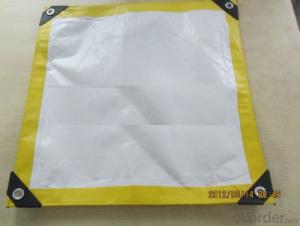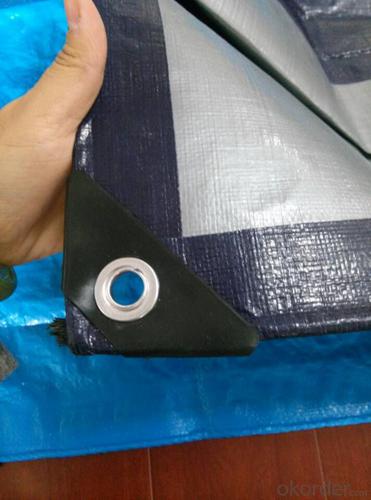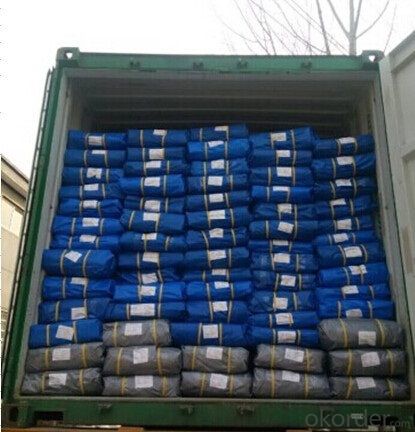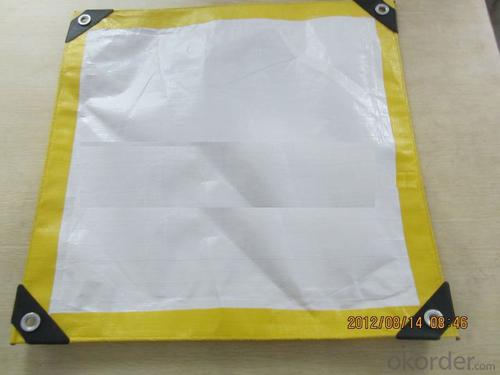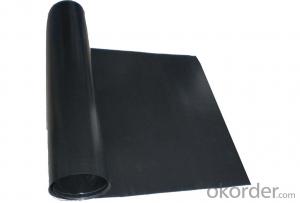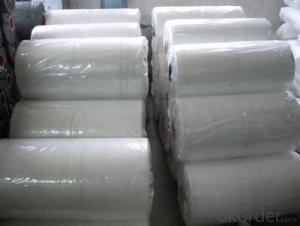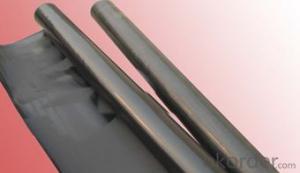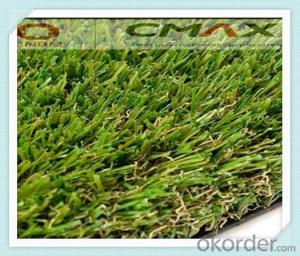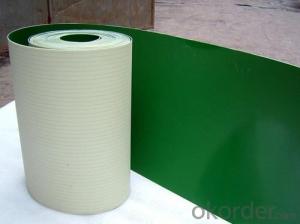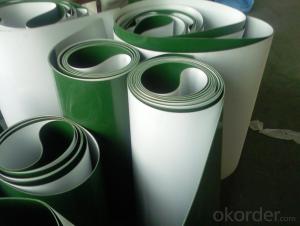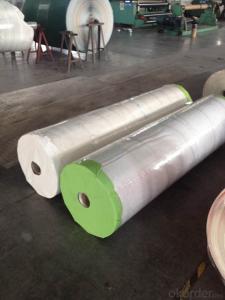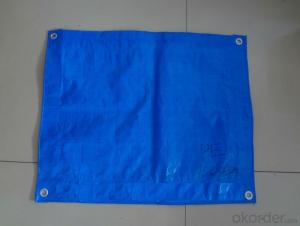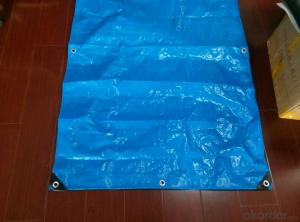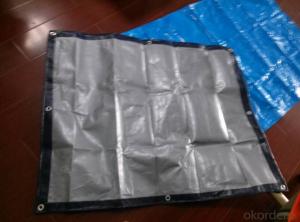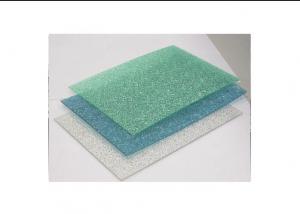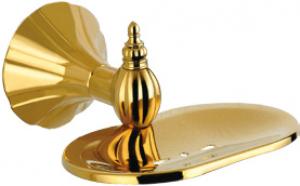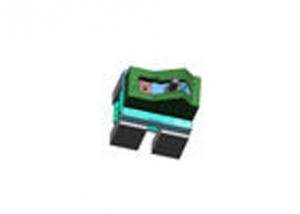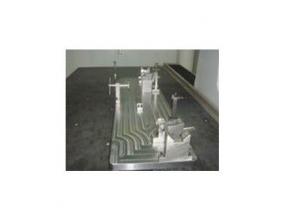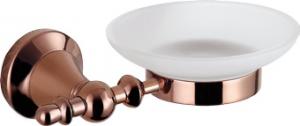100% PE Tarpaulin for Colorful Boat Cover
- Ref Price:
-

- Loading Port:
- Qingdao
- Payment Terms:
- TT OR LC
- Min Order Qty:
- 500 m.t.
- Supply Capability:
- 5000 m.t./month
Add to My Favorites
Follow us:
OKorder Service Pledge
Quality Product, Order Online Tracking, Timely Delivery
OKorder Financial Service
Credit Rating, Credit Services, Credit Purchasing
Quick Details
Material: 100% Polyester
Supply Type: Make-to-Order
Type: Tarpaulin
Pattern: Coated
Coated Type: HDPE Laminated
Style: Plain
Width: 70/75''
Technics: Woven
Feature: Blackout, Shrink-Resistant, Tear-Resistant, Waterproof, Anti-corrosion, Anti-aging
Use: Awning, Bag, Curtain, Industry, Military, Tent, Umbrella
Certification: Oeko-Tex Standard 100
Yarn Count: 800D
Weight: 80-260GSM
Density: 8*8,10*10,12*12
Model Number: Multiple
Material: PE
Width: 2-12m
Weight: 80-260GSM
Yarn Count: 850D
Colour: as required
Sizes: all kinds for choosing
Packaging & Delivery
| Packaging Details: | In bale, roll or carton |
|---|
| Delivery Detail: | Witnin 25 days after receiving desposit. |
|---|
Loading port: Qingdao
Delivery terms: FOB, CNF, CIF
Payment term: 30% TT in advance and balancebefore shipment.
Packing details: each piece pack into plastic bag with customizable lable, outside packing is roll or pe woven bag as customer request.
Loading container : 40ft container could load about 23 tons , 20ft container could load about 12 tons
- Q: How do olive nets help in reducing the risk of tree diseases?
- Olive nets help in reducing the risk of tree diseases by providing a physical barrier between the olive trees and potential disease-carrying agents such as insects, birds, and other animals. These nets prevent the contact of these agents with the tree and its fruits, minimizing the likelihood of disease transmission. Additionally, the nets also protect the trees from harsh weather conditions like heavy rain or hail, which can indirectly contribute to the development of certain tree diseases.
- Q: Are olive nets effective in preventing olive fruit fly infestation?
- Yes, olive nets are effective in preventing olive fruit fly infestation. The nets act as a physical barrier, preventing the flies from accessing the olive trees and laying their eggs on the fruits. This helps in reducing the infestation and protecting the olive crop from damage.
- Q: Can olive nets be used for olive trees in coastal areas?
- Yes, olive nets can be used for olive trees in coastal areas. Olive nets are specially designed to protect the olives from birds and other pests during the fruiting season. They can provide additional benefits in coastal areas by protecting the olives from strong winds and salt spray. However, it is important to ensure that the nets are securely anchored to withstand coastal conditions, and regular maintenance may be required due to the potential effects of salt and moisture.
- Q: Can olive nets be used for both mechanical and hand harvesting?
- Yes, olive nets can be used for both mechanical and hand harvesting. The nets are widely utilized in olive groves to collect the falling olives during mechanical harvesting methods, such as shaking or sweeping the trees. Additionally, they can also be beneficial for hand harvesting by placing them under the trees to catch any olives that are manually picked or gently knocked off the branches.
- Q: Can olive nets be used for both manual and mechanical harvesting methods?
- Yes, olive nets can be used for both manual and mechanical harvesting methods. Olive nets are versatile and can be set up to catch olives during manual harvesting by handpicking them from the trees. Additionally, they can also be used in conjunction with mechanical shakers or harvesters, where the olives are mechanically shaken or stripped from the trees and fall onto the nets.
- Q: Are there any differences between plastic products and plastic products?
- Plastic products mainly refers to the Petrochemical Industries Co for oil, refined materials, is a kind of plastic material. Generally speaking is the plastic raw materials, such as: how much money a ton of plastic, plastic prices, are made from plastic raw materials
- Q: Can olive nets be used in areas with heavy rain?
- Yes, olive nets can be used in areas with heavy rain. Olive nets are designed to protect the olive trees and catch the falling olives during harvest. They are typically made of durable materials that can withstand various weather conditions, including heavy rain. However, it is essential to ensure proper installation and maintenance to prevent water pooling or excessive weight on the nets, which could potentially cause damage.
- Q: Can olive nets be used in regions with high humidity levels?
- Yes, olive nets can be used in regions with high humidity levels. Olive nets are typically made of strong, durable materials that can withstand various weather conditions, including high humidity. However, it is important to ensure proper airflow and ventilation to prevent the growth of mold and mildew on the olives due to the moisture in the air. Monitoring and maintaining optimal conditions during olive harvesting and storage are crucial for preserving the quality of the olives in regions with high humidity levels.
- Q: Are olive nets adjustable for different tree heights?
- No, olive nets are not typically adjustable for different tree heights. They are designed to be placed directly over the olive tree canopy to catch the falling olives during harvesting.
- Q: Can olive nets be used on trees with irregular shapes?
- Yes, olive nets can be used on trees with irregular shapes. The flexible nature of the nets allows them to be adjusted and draped over the tree, ensuring that the olives are covered and protected from birds or other pests.
